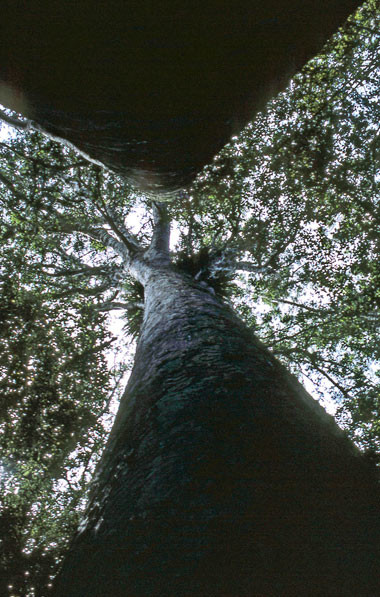 Prior to human arrival New Zealand was largely a forested land mass, with forest occurring almost continuously below the timber line from the Kermadec Islands in the far north to the Auckland Islands in the south. Trees and forests were more abundant in habitats we consider today as being typically non-forested, such as, coastal dunes, wetlands and in the driest regions of central Otago.
Prior to human arrival New Zealand was largely a forested land mass, with forest occurring almost continuously below the timber line from the Kermadec Islands in the far north to the Auckland Islands in the south. Trees and forests were more abundant in habitats we consider today as being typically non-forested, such as, coastal dunes, wetlands and in the driest regions of central Otago.
New Zealand has approximately 6.4 million hectares of indigenous forest and these are located mainly in mountainous areas. Most of New Zealand’s indigenous forests are found in the South Island.
New Zealand’s indigenous forests can be generalised into three main types
In addition there are several exotic tree species that have been used in plantation forestry throughout New Zealand (including species of Pine and eucalypt). These have now become forest types in their own right. Some other exotic trees species (such as wattles, willow and sycamore) have also been used in various situations in New Zealand such as in riparian plantings and for flood control and have now established as forest communities. Photo of kauri by Jeremy Rolfe.
For more information about forests see:
- Masters, S.E.; Holloway,J.T.; and McKelvey,P.J. 1957. The National Forest Survey of New Zealand, 1955. Volume one: the indigenous forest resources of New Zealand. Government Printer: Wellington.
- McKelvey, P.J; Nicholls, J.L. 1957. A provisional classification of North Island forests. NZ Journal of Forestry 7:84-101
- Nicholls, J.L. 1976. A revised classification of the North Island indigenous forests. NZ Journal of Forestry 12:105-132
- New Zealand Forest Service,1957. Annual report of the Forest Research Institute for the year ending 31 March 1957.
- New Zealand Forest Service. Forest Service mapping series 6: Forest class maps 1:250 000.
- Thomson, A.P. 1946. Design for a forest survey. New Zealand Journal of Forestry 5(3): 191-9.
*The Network is not responsible for the content of external internet sites
